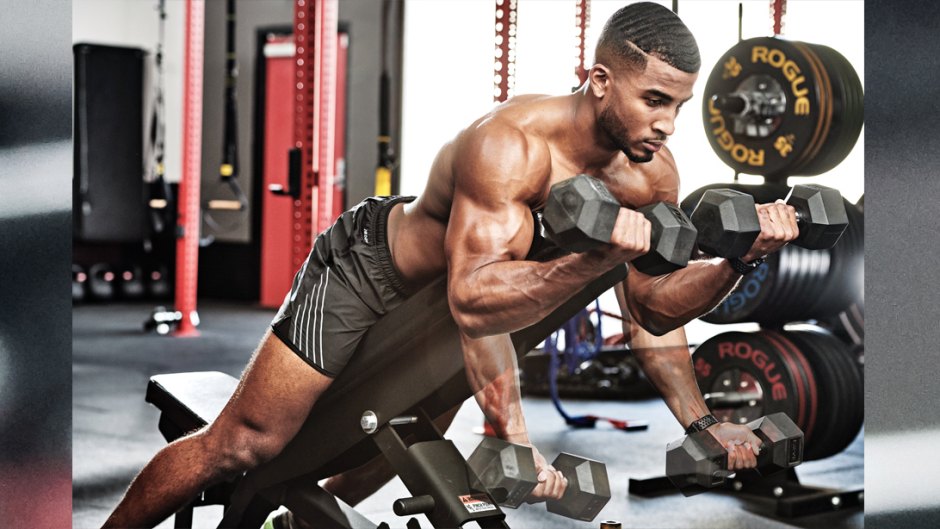🥗 Dovresti allenarti a stomaco vuoto? La verità sull’esercizio a digiuno
Uno dei dibattiti più comuni nel mondo del fitness è se dovresti andare in palestra a stomaco vuoto. Alcuni giurano Allenamenti a digiuno per la perdita di grasso, mentre altri sostengono che mangiare prima dell’allenamento alimenta prestazioni migliori.
Allora, qual è la verità? Analizziamolo.
🔥 Che cos’è il cardio a digiuno?
L’allenamento a stomaco vuoto (di solito la mattina prima di colazione) è chiamato cardio a digiuno. L’idea è semplice: dal momento che non hai mangiato di recente, il tuo corpo utilizzerà il grasso e i carboidrati immagazzinati per produrre energia.
Sembra fantastico in teoria, ma la ricerca mostra risultati contrastanti.
- ✅ 2016 study (12 men): Those who trained fasted burned more fat during exercise and ate fewer calories throughout the day.
- ❌ 2014 study (20 women): After 4 weeks, both fasted and fed groups lost the same amount of body weight and fat.
👉 Conclusione: Il cardio a digiuno può aiutarti a bruciare più grassi during l’allenamento, ma non significa necessariamente che perderai più grasso in generale. La perdita di grasso a lungo termine dipende ancora dal bilancio calorico totale (calorie in entrata vs calorie in uscita).
⚡ Vantaggi dell’allenamento a digiuno
- Fat burning boost – Your body may tap into fat stores more efficiently.
- Convenience – You can roll out of bed and train without worrying about a meal.
- Hormonal benefits – Training fasted may increase growth hormone levels, which support fat metabolism.
- Mental discipline – Some athletes feel sharper and lighter when exercising without food.
⚠️ Contro e rischi dell’allenamento a digiuno
- Lower energy & stamina – Without food, your body might struggle with endurance.
- Protein breakdown – Your body may use muscle protein for energy, which can hurt muscle growth.
- Blood sugar drops – You may feel lightheaded, shaky, or nauseous.
- Not great for intense training – Heavy lifting, sprinting, or long endurance workouts usually require fuel.
- Possible fat adaptation – Over time, your body may start storing more fat to prepare for future fasted sessions.
🥙 Quando dovresti mangiare prima di un allenamento?
Dipende dal tipo di esercizio:
- Light activities (walking, stretching, yoga): Okay to do fasted.
- Strength training (weights, HIIT, CrossFit): Eat something beforehand to lift heavier and perform better.
- Endurance training (running, swimming, cycling): Fuel up, especially if training lasts over 1 hour.
👉 I maratoneti e i triatleti mangiano spesso during Allenamento (gel energetici, bevande sportive) per mantenere i livelli di glucosio e prevenire la disgregazione muscolare.
🥪 Cosa mangiare prima di un allenamento (2-3 ore prima)
- Complex carbs + protein + healthy fats:
- 🍚 Brown rice with chicken
- 🥙 Whole-grain wrap with veggies and hummus
- 🥑 Avocado toast with eggs
- If short on time (30–60 mins before):
- 🍌 Banana or apple with peanut butter
- 🍫 Energy bar
- 🍇 Dried fruit or trail mix
🥤 Rimanere idratati
L’idratazione è importante tanto quanto il cibo:
- Drink water before, during, and after workouts.
- For long sessions, include sports drinks or coconut water for electrolytes.
- Smoothies can also help combine hydration + nutrients.
🍲 Cosa mangiare dopo un allenamento (Recovery Foods)
L’alimentazione post-allenamento aiuta a riparare i muscoli e a ripristinare l’energia. Obiettivo proteine + carboidrati All’interno 30-120 minuti.
Ottime opzioni:
- 🥛 Low-fat chocolate milk
- 🍓 Fruit smoothie with protein
- 🥪 Whole-grain sandwich with lean meat
- 🥜 Nuts & seeds with dried fruit
- 🍕 Whole-grain veggie pizza (yes, in moderation!)
- 🍦 Yogurt with berries
- 🍞 Whole-grain bread with nut butter
Aggiungi anche cibi ricchi di:
- Vitamin C & D → boost recovery and immunity
- Calcium & Zinc → help with muscle repair and energy balance
⚕️ Considerazioni speciali
- Diabetes: Monitor blood sugar carefully before, during, and after exercise.
- Low blood pressure or thyroid conditions: Eat beforehand to avoid dizziness.
- High-intensity athletes: Pre-workout fuel is essential for performance.
Consultare sempre un medico se si hanno condizioni di salute influenzate dalla dieta e dall’esercizio fisico.
✅ La conclusione
- Fasted workouts can help with fat burning, but they’re not magic for fat loss.
- For casual/light workouts, fasted training is fine.
- For intense or long sessions, eating beforehand will give you more strength, energy, and endurance.
- The best approach? Listen to your body. Some people feel great training fasted, others feel weak.
👉 Rimani idratato, mangia pasti equilibrati e alimenta i tuoi allenamenti in base ai tuoi obiettivi di fitness.
🔥 Consiglio Fitolympia: Se la perdita di grasso è il tuo obiettivo, prova ad alternare giorni di cardio a digiuno con giorni di allenamento della forza alimentati. In questo modo si ottengono i benefici della combustione dei grassi senza sacrificare la crescita muscolare.


